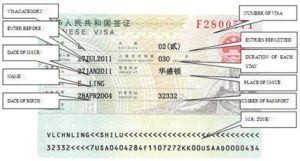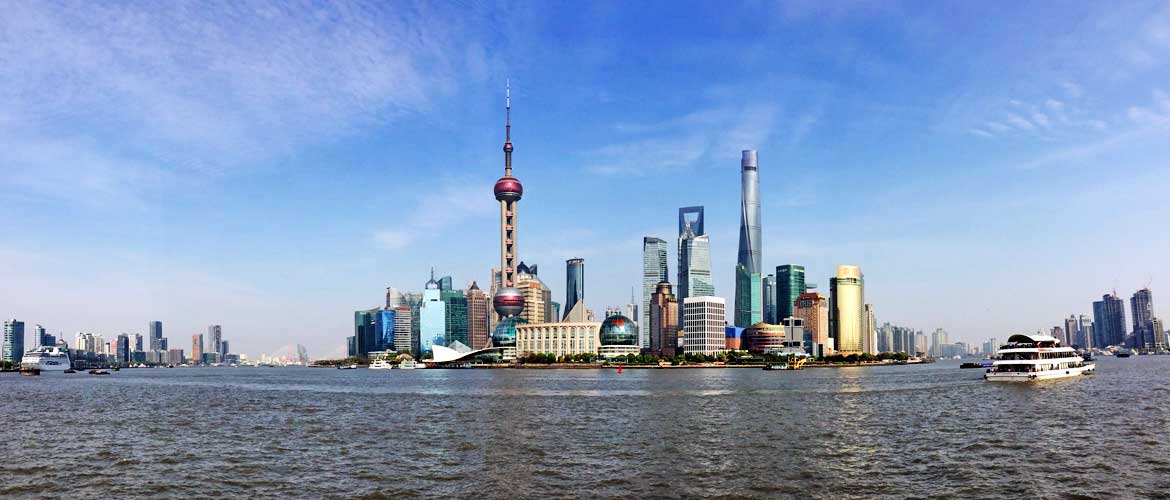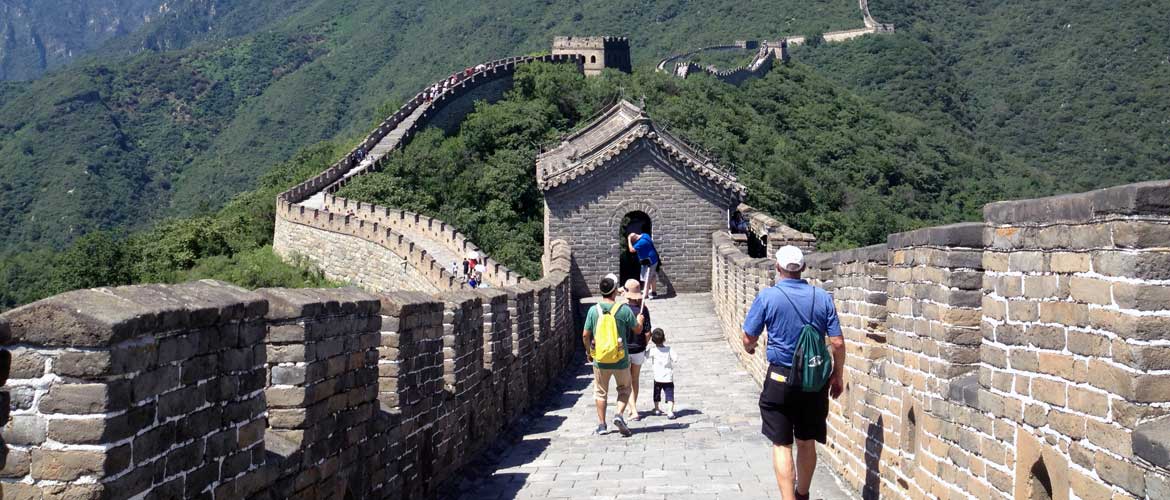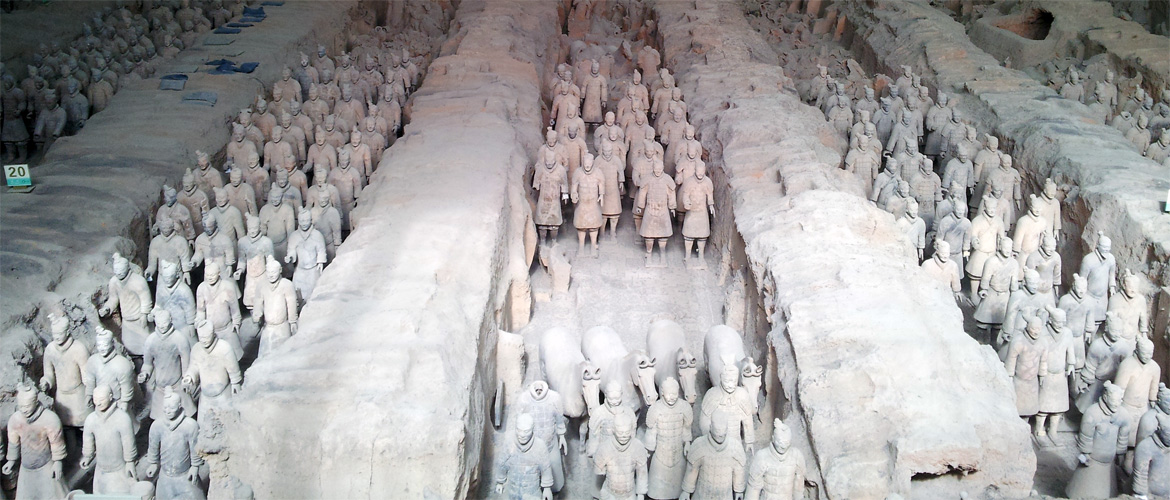For US citizens, the US State Department says “You must obtain a visa prior to arriving in the People’s Republic of China (PRC). Your passport must have at least six months’ validity remaining. If your visa is not in your valid passport, the biographical data on the valid passport and the visa must match exactly.”
Canadians would see this advice from Foreign Affairs Canada “Yes, Canadian citizens require a visa to travel to China, regardless of the purpose of their visit.
You should obtain a visa before travelling to China. You may be eligible for a visa on arrival if you are: transiting between two international destinations. visiting certain areas for short periods.”
Visit China Visa Free up to 10 Days
China has extended its visa-free transit policy, allowing eligible foreign travelers, Canadians and Americans included, to stay for up to 240 hours (10 days) when transiting through the country to a third country or region, effective December 17, 2024.

The visa-free transit period has been extended from the previous 72-hour and 144-hour limits to 240 hours (10 days). Eligible Countries include Canada and the United States. You can enter China through any of the major Chinese cities with international flights in operation. Exceptions may apply. Please check the Chinese government’s website for up-to-date information.
If you plan to visit a place that sees very few foreigners, this visa-free transit may not apply to you. Please check the Chinese government’s website for restrictions.
If you go to China with Laurus Travel, we will ensure you’ll receive the most-up-to-date information on visa requirements. If need be, we will also provide detailed guidance on to obtain your Chinese visa.
Visit China Visa Free – Recommended Itinerary
China Golden Triangle (10 days)
Beijing – Xi’an – Shanghai
Step into a world where ancient wonders and modern marvels coexist. Walk along the Great Wall, stand face to face with the Terracotta Army, and immerse yourself in the bustling streets of Shanghai. Combining China’s top three tourist cities, this luxury China tour package offers an excellent introduction to the Middle Kingdom.
Sign up today and receive free upgrade to first class on the high-speed train!
Important Features
- Outstanding guides handpicked by company owners.
- Small group size – average 15, maximum 20.
- Inter-city travel by high-speed train.
- No annoying forced shopping of any kind.
- Quality meals at non-tourist restaurants.
- Unlimited supply of bottled water during group activities.
- Great Wall visit at Mutianyu including cable car rides.
OPTIONS AVAILABLE
- Peking Opera show with dinner in Beijing
- Tang Dynasty music and dance show with dinner in Xi’an
- 2-day post-tour Yellow Mountain extension
TOUR ITINERARY
Meal Code: B = breakfast / L = lunch / D = dinner
Day 1/Thu: Departing for Beijing
The trip starts with your transpacific flight departing from a city of your choice. You’ll lose a day upon crossing the International Date Line.
Day 2/Fri: Arrival in Beijing
Meet the driver on arrival for transfer to the hotel. You’ll have the remainder of the day at leisure. The guide will get in touch with you tonight.
Day 3/Sat: Beijing (B/L/D)
The capital of China, Beijing is a world-class cultural and educational centre with a population of 21.9 million (2020), ranking it China’s second largest city behind Shanghai. Beijing is renowned for its opulent palaces, temples, and huge stone walls and gates – treasures that make it the most popular tourist city in China by the number of visitors it receives every year.
We begin today with a visit to the Forbidden City. Officially known as the Palace Museum, the Forbidden City was the place where the emperors of the Ming (1368-1644) and Qing (1644-1912) dynasties lived and carried out their administration. Construction of the Forbidden City took 14 years (1406-1420) to complete. The complex consists of 980 buildings and covers 72 hectares or 180 acres. It exemplifies traditional Chinese palatial architecture and has influenced cultural and architectural developments in East Asia and elsewhere. Though the Qing Dynasty was overthrown in 1912, the royal family was allowed to continue to live in the Forbidden City till 1924, when the last emperor, Pu Yi, was driven out of the imperial palace. One year later the Forbidden City was turned into a museum. Declared a World Heritage Site by UNESCO in 1987, this is the largest collection of preserved ancient wooden structures in the world.
Next comes Tian’anmen Square. Located in the heart of Beijing, the square measures 880 metres from north to south and 500 meters from east to west. Said to be the largest public plaza in the world, Tian’anmen Square has the capacity to hold one million people. The imposing Tian’anmen Tower sits at the north end of the square while the Monument to the People’s Heroes dominates the centre. The square is flanked by The Great Hall of the People (west) and the National Museum (east). Chairman Mao’s Mausoleum and Qianmen (Front Gate) are located in the south of the square. One of the top 16 tourist attractions in Beijing, Tian’anmen Square is also the witness of the Chinese people’s great struggles for democracy and personal freedom since 1919.
Afternoon sightseeing takes place at the Temple of Heaven, another UNESCO World Heritage Site. Situated in southeastern Beijing, the Temple of Heaven is China’s largest extant sacrificial temple where, during the Ming and Qing Dynasties, the emperors conducted the elaborate and most exalted sacrifices addressed to “the Supreme Ruler of the Universe.” Construction of the temple started in 1406, during the reign of the Ming Emperor Yongle, and took 14 years to complete. The temple was expanded under the Qing emperors Qianlong (1736-1796) and Jiaqing (1796-1820). Occupying 2.73 square kilometres (roughly 1,700 by 1,600 metres), the area of the Temple of Heaven is more than twice that of the Forbidden City.
The famous Hongqiao Pearl Market, the largest pearl market in the world, is right across the street from the Temple of Heaven. Recommended by numerous guidebooks for freshwater pearls, Hongqiao teems with domestic and international shoppers. If you are interested, please ask the guide to drop you off there. However, you’ll need to get back to the hotel by taxi, which costs the equivalent of 10 US dollars or less.
Today we enjoy a delicious dinner at a popular Peking Roast Duck restaurant. Peking Roast Duck is a famous Beijing dish prized for the thin and crispy skin with authentic versions serving mostly the skin and little meat, sliced in front of the diners.
Day 4/Sun: Beijing (B/L)
After an early breakfast we embark on a full-day excursion to the legendary Great Wall at Mutianyu, 75 km northeast of the city.
Zigzagging over 6,000 kilometres from east to west along the undulating mountains, the Great Wall was built to hold off tribal invaders from the north. As history shows, the Wall failed the Chinese rulers miserably, especially in the case of Kublai Khan who and his men swept across China from the Mongolian steppe, thus the beginning of the Yuan Dynasty (1279-1368).
Construction of the earliest sections of the Wall started in the 7th century BCE. A major renovation started with the founding of the Ming Dynasty in 1368 and took 200 years to complete. The wall we see today in Beijing is almost exactly the result of this effort.
Day 5/Mon: Beijing – Xi’an (B/L/D)
We begin our sightseeing today with a visit to a traditional hutong neighbourhood. Hutong refers to an ancient alleyway with siheyuan or ”4-sided courtyard house” on both sides. The name hutong dates back to the Yuan Dynasty (1279 – 1368 CE). According to some experts, the word originated from the Mongolian language, in which it is pronounced as hottog and means “well.” In ancient times, people tended to gather and live around wells. So the original meaning of hutong should be “a place where people live around”.
Next on our schedule is the Summer Palace, a well preserved UNESCO World Cultural Heritage Site. The imperial resort was first named Garden of Clear Ripples, which was burnt down by the allied forces of Great Britain and France in 1860 at the end of the Second Opium War (referred to as Arrow War by the British). Reconstruction started 25 years later and was completed in 1895 when the name was changed to Yi He Yuan (Garden of Good Health and Harmony). The design gives prominence to Longevity Hill, as well as Kunming Lake south of the hill. The sprawling complex covers an area of 290 hectares and the buildings inside consist of over 3,000 bays.





